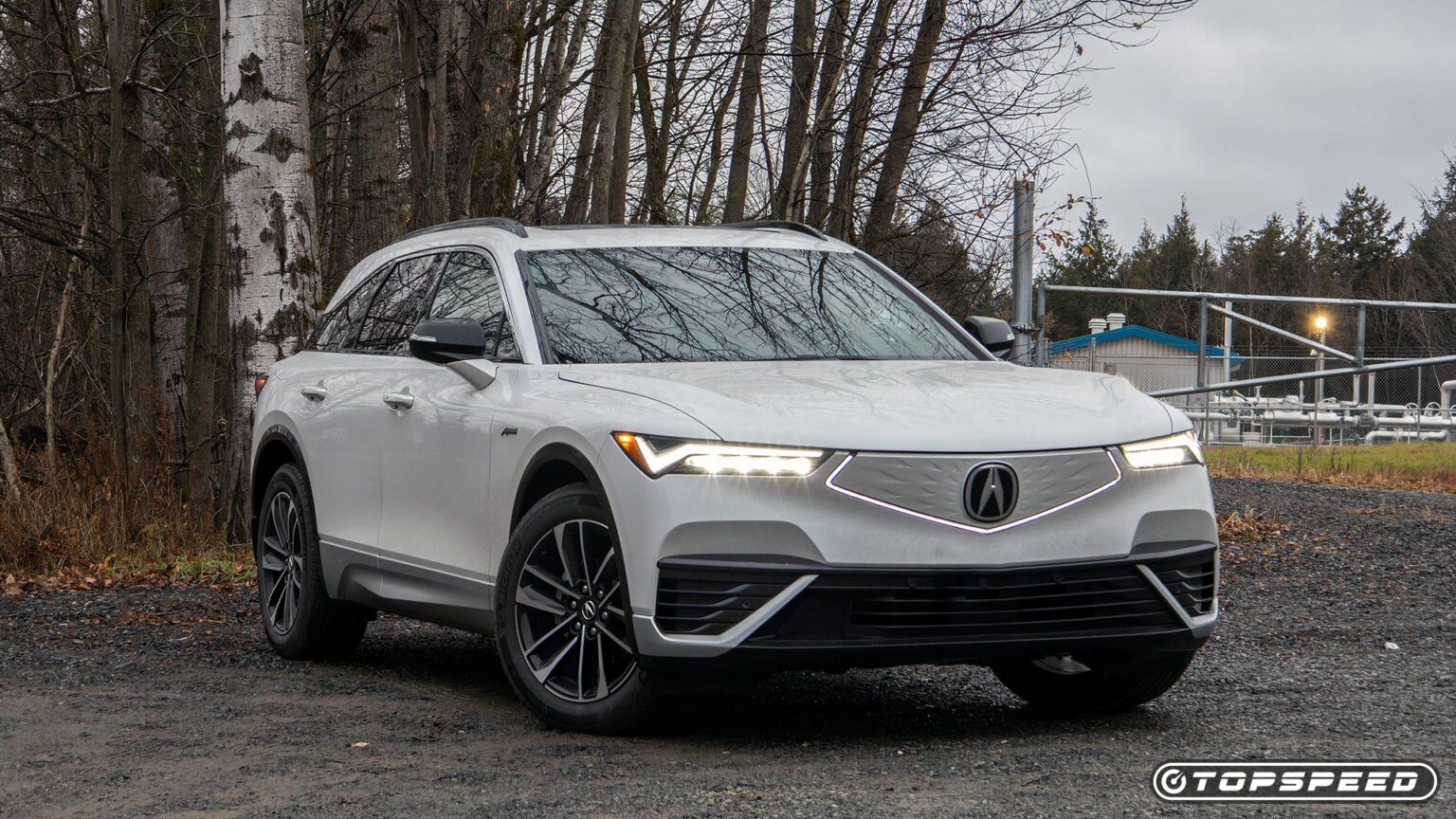It comes as no surprise that the incoming Trump administration’s transition team wants to roll back regulations pertaining to the automotive industry.
In a recent report from Reuters, relayed by Automotive News, we find out that Trump’s team laid out a report confirming a rollback of emissions and fuel economy regulations for internal combustion engines (ICEs) to 2019 standards, impose tariffs on electric vehicle (EV) supply chain imports including batteries, critical minerals and charging components, remove the $7,000 tax credit for the purchase of an American-made EV, and even thwart California’s ability to set its own, stricter regulations.
Indeed, if these changes go into effect, it could mean big changes for EVs and even the future of the internal combustion engine. But when you carefully peel the onion, you realize that this won’t necessarily affect EVs in a bad way.
The Trump Administration Vows To “Stop Government Attacks On Gas-Powered Cars”
Trump transition spokesperson Karoline Leavitt said in a statement that voters gave Trump a mandate to stop government attacks on gasoline-powered cars. She added that when President-elect Donald Trump takes office, he will support the auto industry by allowing space for both ICEs and EVs.
In other words, this new set of regulations won’t necessarily block EVs from growing, but rather give ICEs a breath of fresh air. By rolling emissions regulations back to 2019 levels, it would mean that emissions from ICEs will be 25-percent higher per vehicle mile than the current 2025 limit, while average fuel economy would drop 15-percent. This would, in theory, mitigate the strangling effect some carmakers have been vocal about pertaining to ICEs.
This is all happening at a time when several environmental studies confirm that CO2 emissions caused by the transport sector contribute to climate change at a considerable rate, and when other markets such as China, Norway, Europe, and even Canada – a major player in the United States’ current EV supply chain – have already set an end date for the sale of new gasoline-powered vehicles.
The transition team’s document is also loaded with the expected protectionism the Trump administration has been feeding its presidential campaign with, including imposing strict tariffs on all battery materials globally, and then negotiating individual exemptions with allies. The report also claims that while batteries, minerals and other EV components are critical to defense production, EVs and charging stations are not.
Here is a list of proposals taken straight out of the document issued by the Trump administration’s transition team, as per Reuters:
- Instituting tariffs on “EV supply chain” imports including batteries, critical minerals and charging components. The administration should use Section 232 tariffs, which target national security threats, to limit imports of such products.
- Waiving environmental reviews to speed up “federally funded EV infrastructure projects,” including battery recycling and production, charging stations and critical mineral manufacturing.
- Expanding export restrictions on EV battery technology to adversarial nations.
- Providing support for exports of U.S.-made EV batteries through the Export-Import Bank of the United States.
- Using tariffs as a “negotiating tool” to open foreign markets to U.S. auto exports, including EVs.
- Eliminating requirements that federal agencies purchase EVs. A Biden policy requires all federal acquisitions of cars and smaller trucks to be zero-emission vehicles by the end of 2027.
A Small Bump In The Road For The Future Of EVs
While the Trump administration’s list of proposals will most certainly help some automakers continue building ICEs with fewer constraints, this new set of regulations won’t necessarily slow down EV adoption. If anything, it’ll help accelerate it. While the auto industry has been going through a generalized market cooldown this past year (for all modes of propulsion), EV sales have once again hit a record high in the third quarter.
Sure, some of it had to do with strong incentives. But most of it also had to do with more selection, and, perhaps more importantly, more attainable models like the Chevrolet Equinox EV, or its twin, the Honda Prologue. And while the Trump’s administration’s mission to remove the $7,000 tax incentive for the purchase of a new EV could temporarily affect sales, we can already see in other markets where incentives have been removed that it didn’t have much of a negative impact.
What will act as the true differentiator will be the market itself. Whether it be gas or electric-powered, buyers will flock to what makes the most sense for them financially. We recently reported on how 2024 saw the biggest price drop in the average cost of EV batteries. We could reach price parity with ICEs by the end of next year. This could mean that it’ll soon cost less for a carmaker to build a battery than it does to build a full engine, further reducing the price of its EV models.
Finally, we need to remember the investments by carmakers in new factories to build EVs and even batteries, creating new jobs in new sectors, and stimulating the U.S. economy in the process. We’re talking about billions of dollars of funding from the private sector, dedicated to EV production. So, while the Trump administration’s new set of regulations may help ICEs, EVs won’t go anywhere.
Read the full article here


